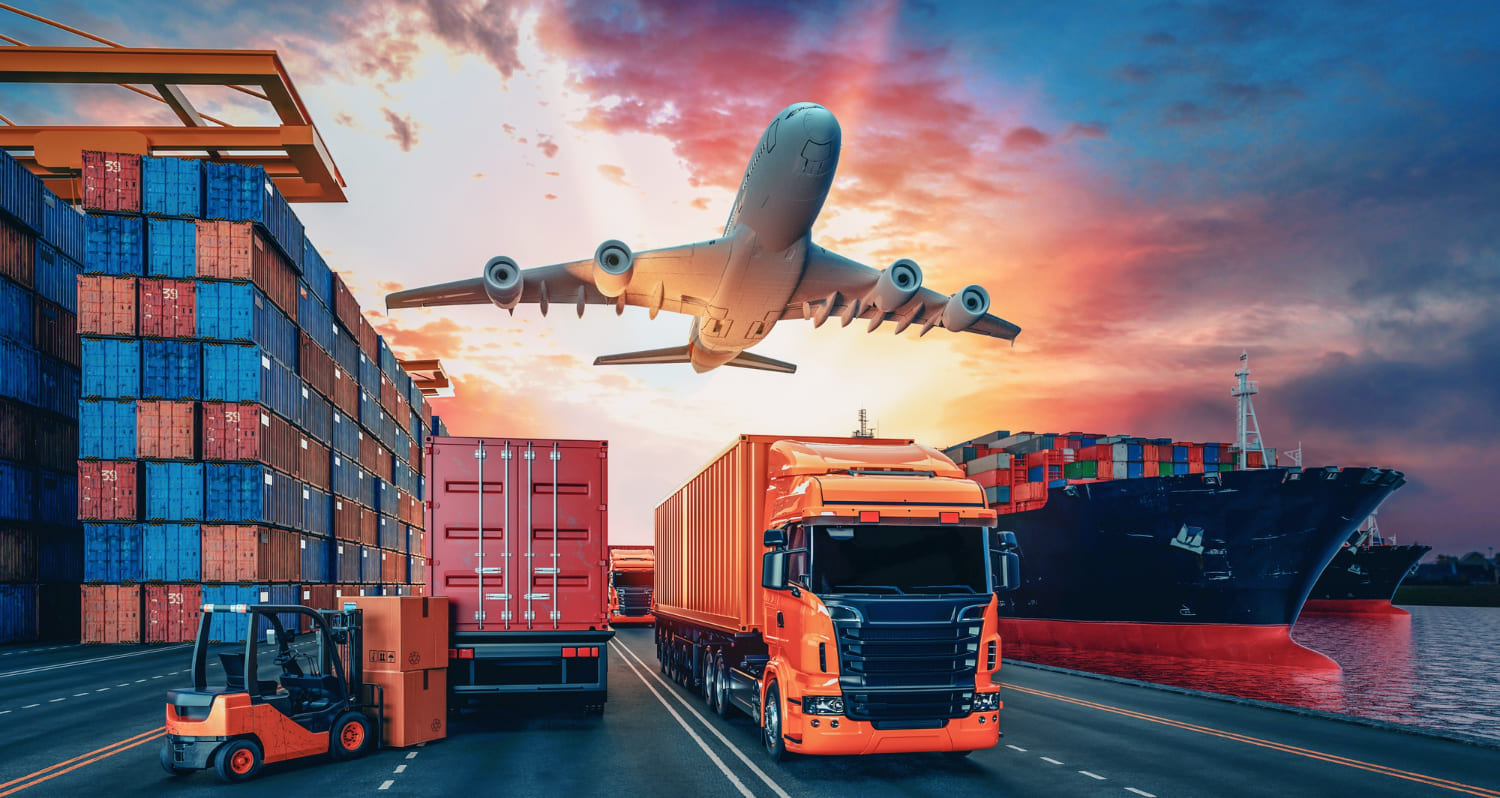Global Gridlock – Breaking Barriers with Innovative Logistics Delivery Strategies
In today’s interconnected world, efficient logistics delivery is essential for businesses to thrive. However, as global trade continues to grow, it brings with it the challenge of gridlock – the congestion and inefficiencies that arise from increased traffic and demand. To combat this, innovative strategies are emerging to break down barriers and streamline the delivery process. One such strategy is the implementation of advanced technology, such as artificial intelligence and predictive analytics, to optimize routes and schedules. By analyzing data on traffic patterns, weather conditions, and delivery locations, companies can make more informed decisions, minimizing delays and maximizing efficiency. Additionally, the use of autonomous vehicles and drones is revolutionizing the last-mile delivery, reducing congestion in urban areas and reaching remote locations more effectively. Furthermore, collaboration and partnerships are key in overcoming logistical challenges. Companies are forming alliances with transportation providers, sharing resources and infrastructure to improve delivery networks. By pooling resources, companies can reduce costs and increase capacity, enabling them to meet growing demand while minimizing the environmental impact.

Collaborative efforts also extend to government agencies and local authorities, who play a crucial role in infrastructure development and regulatory support. By working together, stakeholders can address bottlenecks and implement policies that facilitate smoother transportation flows. Another innovative approach to logistics delivery is the adoption of sustainable practices. With increasing awareness of environmental issues, there is a growing demand for eco-friendly solutions. Companies are investing in electric and alternative fuel vehicles, as well as exploring renewable energy sources to power their operations. By reducing carbon emissions and embracing green technologies, businesses not only contribute to environmental conservation but also improve their public image and appeal to environmentally conscious consumers. Additionally, the optimization of packaging and materials can further minimize waste and enhance sustainability across the supply chain. Moreover, the rise of e-commerce has spurred innovation in delivery services, with companies experimenting with new models and strategies.
From same-day office relocation delivery to subscription-based services, businesses are finding creative ways to meet consumer expectations for speed and convenience. This has led to the emergence of new delivery platforms and marketplaces, connecting retailers with a network of independent drivers and couriers. By leveraging technology and leveraging the sharing economy, companies can offer flexible delivery options while reducing costs and increasing scalability. In addition to technological and operational innovations, there is a growing emphasis on customer-centricity in logistics delivery. Companies are investing in user-friendly interfaces and tracking systems, providing customers with real-time updates and personalized delivery options. This not only improves the overall customer experience but also reduces the likelihood of missed deliveries and returns. Furthermore, companies are offering value-added services such as installation, assembly, and recycling, catering to the diverse needs of modern consumers. In conclusion, the challenges of global gridlock require innovative solutions that break down barriers and improve efficiency in logistics delivery. By leveraging advanced technology, fostering collaboration, adopting sustainable practices, and prioritizing customer needs, businesses can navigate the complexities of modern supply chains and thrive in an increasingly interconnected world.